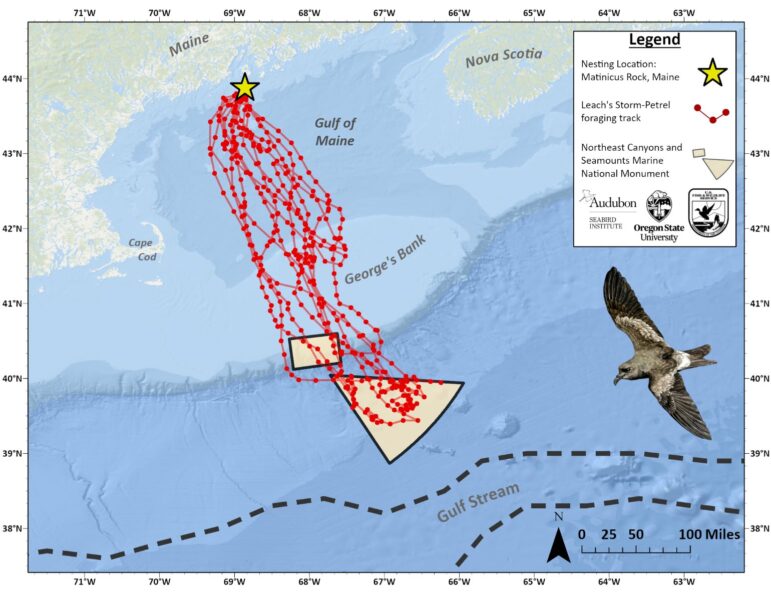Spurred by government funding, controversial waste-to-energy plants eye West Virginia

JACKSON COUNTY — When she first bought her house in Millwood nearly 20 years ago, Michelle Roach saw it as an investment for her family.
“I plan to give my property to my son,” she said. “That’s supposed to be his, and I’ve been telling him that since he was little.”
But now, for the first time, she’s reconsidering that plan in light of a plant to turn medical waste into energy proposed off state Route 2 — roughly a mile from her home.
“I don’t want to leave. I love it up there,” she said. “But that’s what everybody is talking about.”
Spurred by federal incentives meant for clean energy, these kinds of waste-to-energy facility proposals are becoming more common, especially in West Virginia. A plan for a plant in Follansbee was scuttled earlier this year, and there are two other projects in the works, including the proposed plant in Millwood.
There are some environmental benefits to these types of facilities. Waste incinerators are viewed as an alternative to landfills, and have been lauded as an eco-friendly substitute method for disposing of waste.

But residents like Roach are concerned about what they see as a lack of transparency in the process, and they’re worried about the potential environmental and health effects of a new waste incinerator. Because these sites are proposing to use relatively uncommon chemical processes, Heather Sprouse, an organizer with the West Virginia Rivers Coalition, said the consequences of the facility’s potential emissions are unknown.
“One of the challenges here is that many people don’t have understanding or no access to even understand what the long-term impacts can be because there’s very little information available about cumulative impacts,” Sprouse said.
A plan to convert needles and syringes into energy
The proposal by Thunder Mountain Environmental Services would build the medical waste facility in a warehouse space off Point Pleasant Road, right outside of Ravenswood.
The facility would dispose of solid medical waste by converting it into energy through gasification — a process that converts waste into synthetic gas, which can then be used to produce energy. The company plans to power the facility with that energy. It expects to employ between 15 and 20 people full time, according to Thunder Mountain President Bryan Fennell.
The waste the facility is incinerating will include used medical gloves, paper towels, bandages, needles, syringes, chemotherapy administration supplies, expired or tainted medicines and human or animal tissue or fluids generated during medical procedures. And while it will keep about 1,650 pounds of this waste from going into a landfill every hour, the incinerator will emit 12.29 tons of pollutants into the air annually, according to the permit engineering evaluation.
One of those pollutants is tetrachlorodibenzo-p-dioxin, otherwise known as TCDD, one of the most toxic kinds of dioxins.
While the engineering evaluation estimates that the Millwood site will emit less than two tenths of a milligram of TCDD per year, the chemical is a carcinogen — a substance or agent capable of causing cancer — and dioxins can be incredibly harmful even at low emission rates.
“They induce birth defects, they alter the immune responses, and so even exceedingly low concentrations are quite troubling for people,” said West Virginia Sierra Club chair Jim Kotcon, also an associate professor of plant pathology at West Virginia University.
The facility will operate “in strict compliance” with its permits, said Fennell. The site is permitted to emit nine nanograms of TCDD per cubic meter; 90 times greater than the emissions level permitted in the European Union.
Medical waste-to-energy facilities: An emerging trend
The proposal by Thunder Mountain Environmental Services marks the second recent attempt by an out-of-state company to establish a medical waste-to-energy facility in West Virginia.
“It does seem like we’re seeing this as a trend, and it looks like Central Appalachia might be kind of the bullseye for how these facilities are developing throughout the nation,” Sprouse said.
Concerns over medical waste-to-energy facilities in the state began following the proposal of a facility in Follansbee last year by Empire Green Generation. The out-of-state company proposed using pyrolysis — a process that thermally decomposes material into combustible gas — to convert medical waste into gaseous fuel. The company dropped the project following opposition from residents and city officials.
A June announcement by Gov. Jim Justice of another waste-to-energy facility, this time in Eastern Kanawha County, has only further heightened concerns.
Sprouse credits the sudden boom to state and federal governments incentivizing such facilities.
Last year’s Inflation Reduction Act included a variety of incentives to promote clean energy and reduce carbon emissions. Some of those benefits were aimed at encouraging the commercialization of carbon capture and storage and hydrogen hubs.
The bipartisan Infrastructure Investment and Jobs Act passed in 2021 also allocated funds to invest in projects utilizing hydrogen technology in an effort to help the country transition to a zero-carbon economy.
“These tax credits are available for a variety of circumstances, but we’re seeing that it does create an environment where for business owners it can be ever more profitable for them to engage in this waste incineration technology,” Sprouse said.
While it’s unclear whether the Millwood or Follansbee facilities would qualify for the incentives, the interest in the capture of carbon from waste-to-energy plants has grown over the past decade, according to the Oxford Institute for Energy Studies.
A community effort to educate
Millwood resident Henry Ligier, sat in his den, flipping through a stack of papers in his lap. A few stray papers were scattered around him, while his wife Adelle perched on a seat nearby, her own documents in hand.
“I’ve been doing a lot of research in reference to how this whole process works,” Ligier said. While he’s not an engineer, he previously worked at a recycling plant as a safety director before retiring. Over the past few weeks, he’s read the DEP’s engineering evaluation for the facility, researched the proposed processes and watched videos on the technology.
“I understand the recycling business and I understand safety,” he said. “I’m trying to learn this, and what I’m learning I’m passing on to all the community.”

Most, if not all, of the information the community has on the proposed medical waste facility has come from research by either the Ligiers or Roach, and it’s what they plan to use as they now set their sights on mobilizing opposition in the neighboring town of Ravenswood.
But even as their effort grows, their underlying frustration has too. Despite their research, they still have a lot of unanswered questions and concerns over the overall impacts of a medical waste facility.
“Had we known that this was happening, we would definitely not have moved here,” said Ligier, looking at his wife. The couple moved to West Virginia just two years ago from New Jersey. “We would not have moved here at all.”
For now, whether Thunder Mountain’s plant will open down the road from the Ligier’s house is still unknown. The facility needs three state permits to operate: an alternative treatment technology permit and a commercial infectious medical waste facility permit from the Department of Health and Human Services and an air permit from the Department of Environmental Protection’s Division of Air Quality.
In early August, DHHR’s Office of Environmental Health Services denied two of the permits, saying the facility is classified as a large Hospital Medical Infectious Waste Incinerator, which are prohibited under the state’s Medical Waste Act. The site’s failure to qualify for the exemption to the rule also contributed to the permit denial.
While Fennell says the company hasn’t yet made any decisions, they’re still hoping to continue with the Jackson County project.
Spurred by government funding, controversial waste-to-energy plants eye West Virginia appeared first on Mountain State Spotlight, West Virginia’s civic newsroom.





















